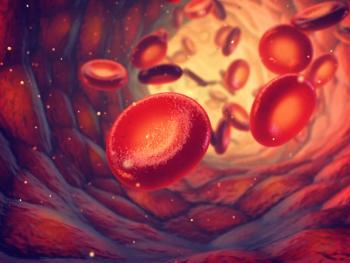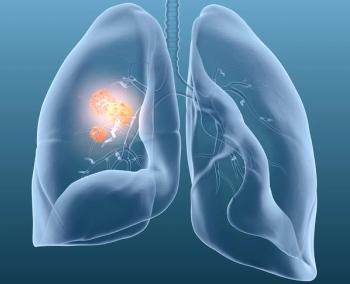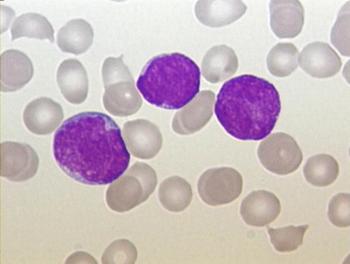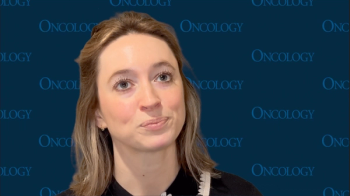
Niraparib Shows Favorable Outcomes in Germline BRCA+ Recurrent Ovarian Cancer
An expert from Dana-Farber Cancer Institute discusses findings from the final overall survival analysis of the phase 3 ENGOT-OV16/NOVA trial.
A population of patients with germline BRCA-mutated (gBRCA) recurrent ovarian cancer derived overall survival (OS) benefit from niraparib compared with placebo, according to Ursula A. Matulonis, MD.
Matulonis, chief of the Division of Gynecologic Oncology, Brock-Wilson Family Chair, and institute physician at Dana-Farber Cancer Institute and professor of Medicine at Harvard Medical School, spoke with CancerNetwork® at
The median OS in the gBRCA cohort following treatment with niraparib and placebo, respectively, was 40.9 months vs 38.1 months (HR, 0.85; 95% CI, 0.61-1.20). In the non-gBRCA cohort, the median OS was 31.0 months vs 34.8 months with niraparib and placebo, respectively (HR, 1.06; 95% CI, 0.81-1.37).
Transcript:
[I presented] the original OS data for NOVA in 2021 at the Society of Gynecologic Oncology Annual Meeting. At that point, about 17% [of patients had] missing data for [OS]. The FDA actually strongly recommended that survival status be obtained for as many patients as possible.
[With] these newest OS data—the final OS analysis—98% of patients have known [OS] status, so that missing data of 17% went down to about 2%. What I presented is that for patients with a gBRCA mutated status, the hazard ratio is 0.85 in favor of niraparib vs placebo. The OS is about 41 months for patients [in the] gBRCA [population] receiving niraparib vs about 38 months for patients receiving placebo. It's important that the OS was a secondary end point and not powered for.
In the non-gBRCA patient population, the hazard ratio is 1.06 in favor of placebo. Patients in that group receiving placebo had an OS of about 41 months, and for patients who received niraparib, it was just around 38 months or so.
Reference
Matulonis UA, Herrstedt J, Mahner S, et al. Final overall survival and long-term safety in the ENGOT-OV16/NOVA phase 3 trial of niraparib in patients with recurrent ovarian cancer. Presented at Society of Gynecological Oncology 2023 Virtual Annual Meeting on Women’s Cancer; March 25-28, 2023; Tampa, FL.
Newsletter
Stay up to date on recent advances in the multidisciplinary approach to cancer.

















































































